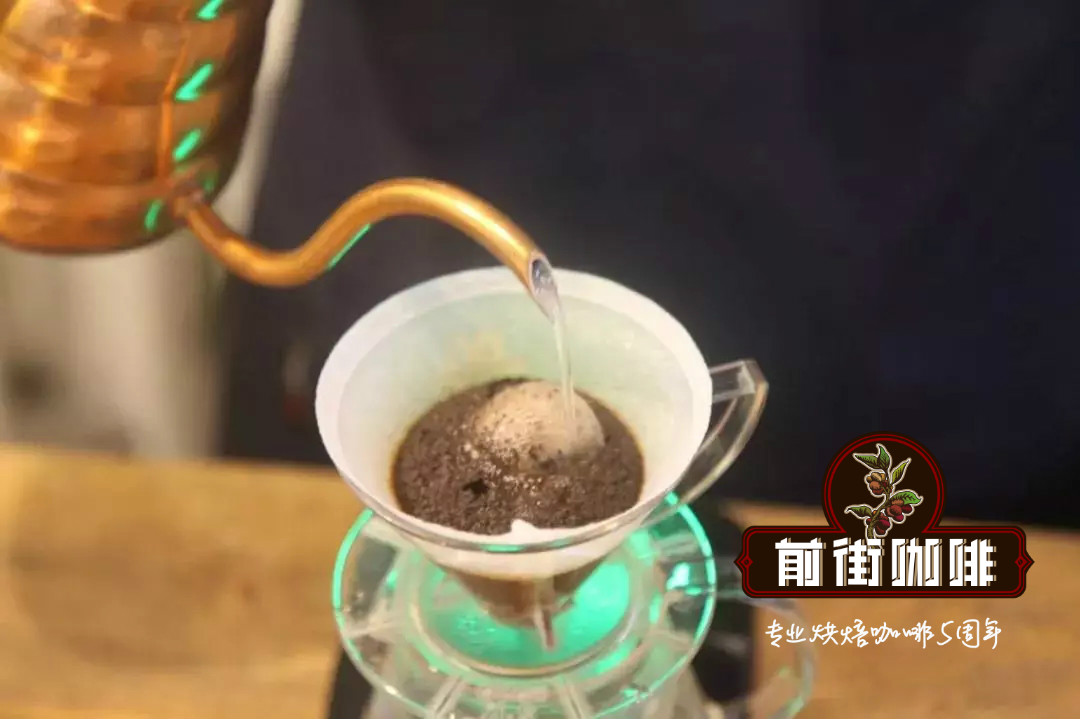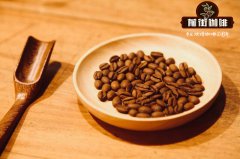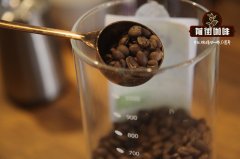Introduction of Colombia Colombis Dumbo Manor introduction to the flavor of Colombian washed coffee

Professional coffee knowledge exchange more coffee bean information please follow the coffee workshop (Wechat official account cafe_style)
Local coffee farmers grow coffee along the highlands of these mountains and have diverse climatic production conditions; and because of changes in altitude, a large part of Colombia's coffee industry is produced by small farmers.
However, unlike the coffee-producing countries in Central America, which are mostly classified by the altitude of their growth, Colombian coffee is distinguished by the size of the bean-shaped mesh, of which the Supremo grade above 17 mesh is the largest, and the next grade is the 16-mesh EXCELSO EXTRA.
Colombian boutique coffee is mostly produced in the south, of which Hulia is the best-known boutique region, with fertile valleys and cloudy Andes, millions of years of volcanic ash-rich soil, giving birth to one of the finest Colombian coffee and the winner of international cup testing competitions.
This producing area has many small farmers who specialize in producing micro-batches of boutique coffee, all of which are very distinctive.
This batch is certified by the Colombian National Coffee producers Association FNC, which was established in 1927, to certify the quality and production areas of Colombian coffee. It is a non-profit organization dedicated to serving Colombian coffee farmers and the only professional guild in Colombia that represents official coffee.
Country: Colombis, Colombia
Grade: supremo
Production area: Various Regions
Treatment: washing Washed
Altitude: 1200-2000m
Varieties: Caturra, Typica, Bourbon
END
Important Notice :
前街咖啡 FrontStreet Coffee has moved to new addredd:
FrontStreet Coffee Address: 315,Donghua East Road,GuangZhou
Tel:020 38364473
- Prev

Introduction of coffee characteristics of Central American coffee beans
Professional coffee knowledge exchange more coffee bean information please follow the coffee workshop (Wechat official account cafe_style) Central American coffee Central America is the land bridge connecting North and South America there are seven countries, namely Belize, Costa Rica, El Salvador, Guatemala, Honduras, Nicaragua and Panama. Coffee is produced in seven countries in Central America, including Guatemala and Costa Rica.
- Next

Flavor introduction of Gold Standard batch Coffee No. 70, Zuoxia Village, Ethiopia. Is it good?
Professional coffee knowledge exchange more coffee bean information please pay attention to the coffee workshop (Wechat official account cafe_style) gold standard batch-Ethiopia Rosia village geisha batch 70 in the coffee market in recent years, the most ramming coffee rosy village-geisha, must have a place, in this group of boutique beans new trend, iDrip smart handheld machine is of course also involved. In Rose Xia Village
Related
- Detailed explanation of Jadeite planting Land in Panamanian Jadeite Manor introduction to the grading system of Jadeite competitive bidding, Red bid, Green bid and Rose Summer
- Story of Coffee planting in Brenka region of Costa Rica Stonehenge Manor anaerobic heavy honey treatment of flavor mouth
- What's on the barrel of Blue Mountain Coffee beans?
- Can American coffee also pull flowers? How to use hot American style to pull out a good-looking pattern?
- Can you make a cold extract with coffee beans? What is the right proportion for cold-extracted coffee formula?
- Indonesian PWN Gold Mandrine Coffee Origin Features Flavor How to Chong? Mandolin coffee is American.
- A brief introduction to the flavor characteristics of Brazilian yellow bourbon coffee beans
- What is the effect of different water quality on the flavor of cold-extracted coffee? What kind of water is best for brewing coffee?
- Why do you think of Rose Summer whenever you mention Panamanian coffee?
- Introduction to the characteristics of authentic blue mountain coffee bean producing areas? What is the CIB Coffee Authority in Jamaica?

